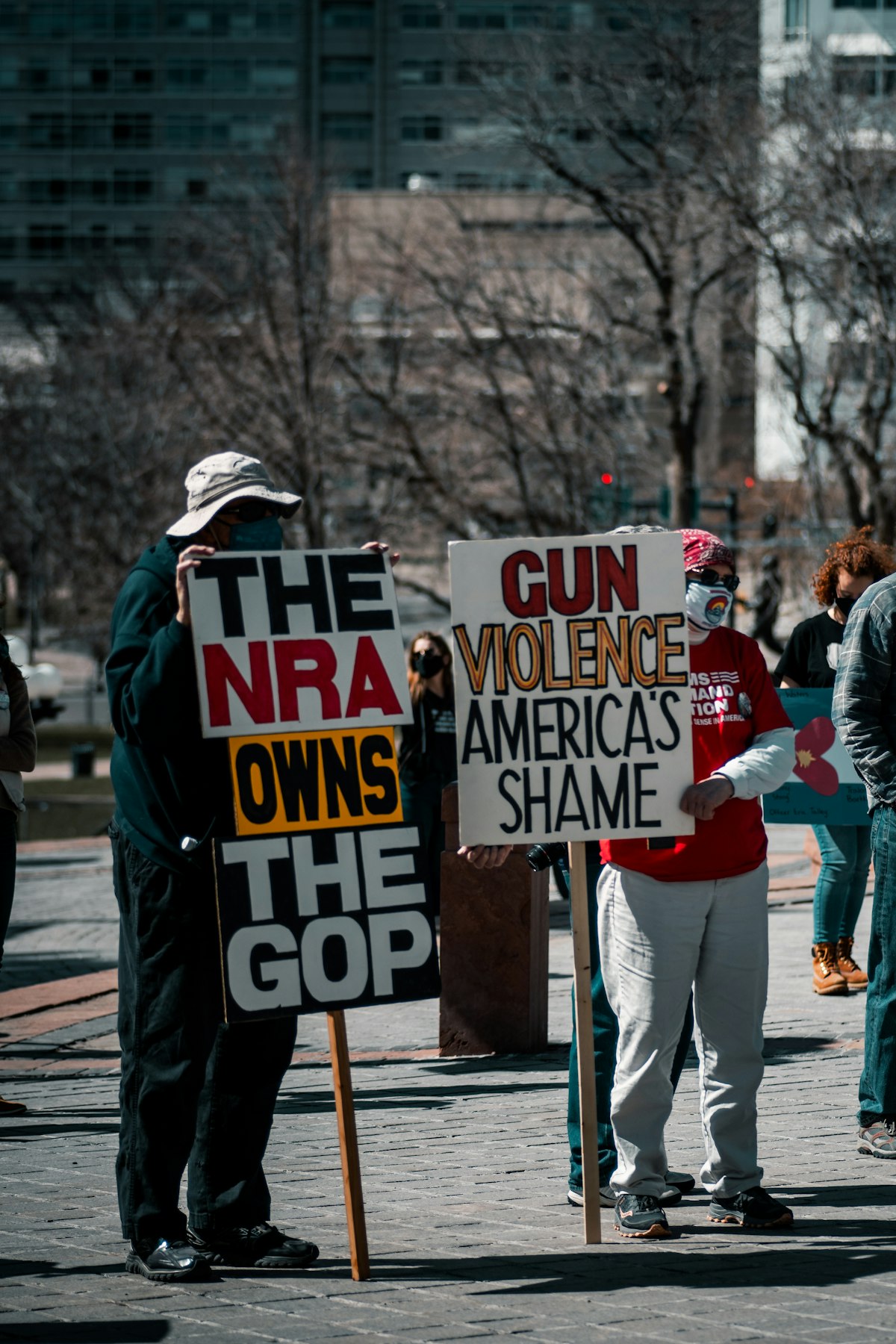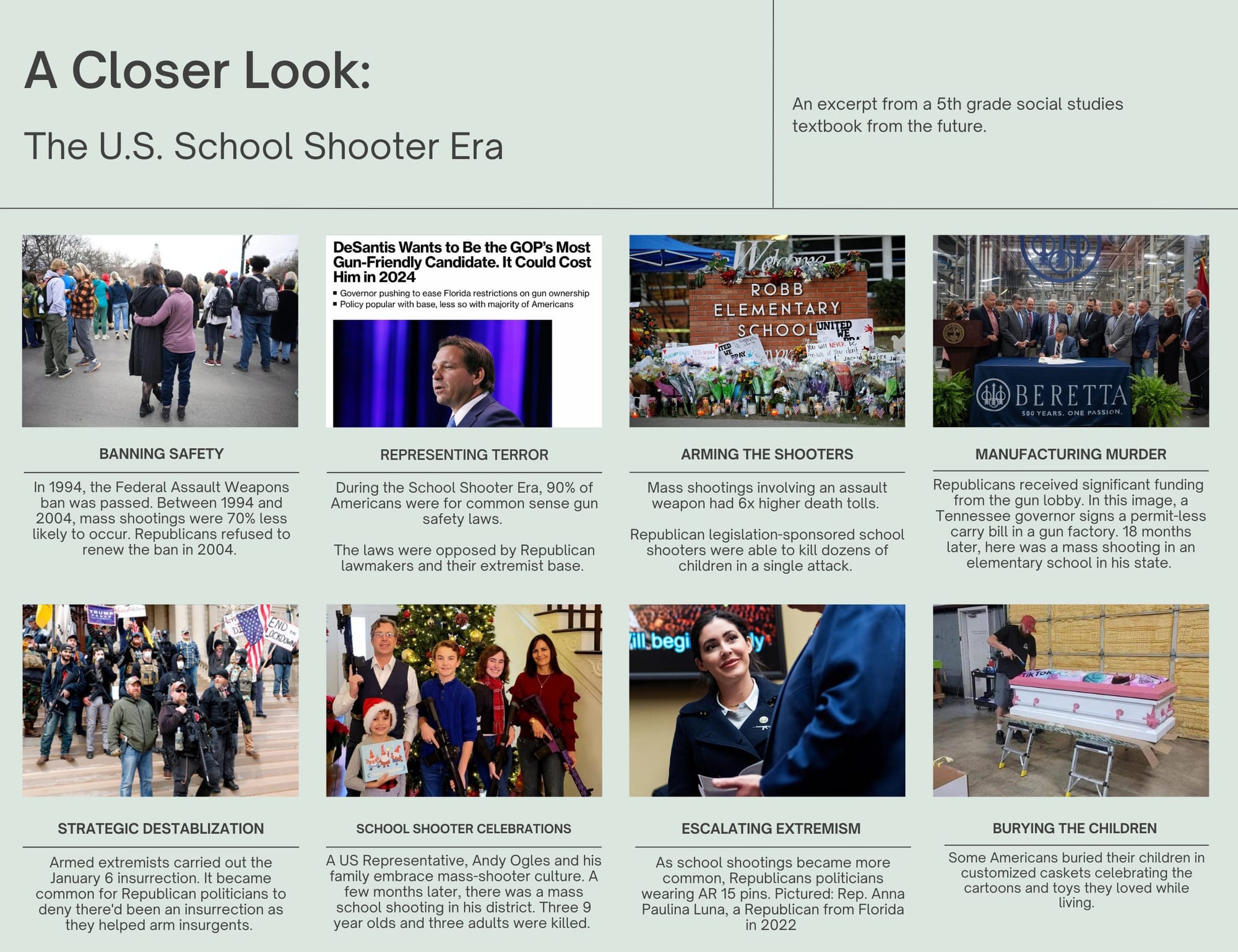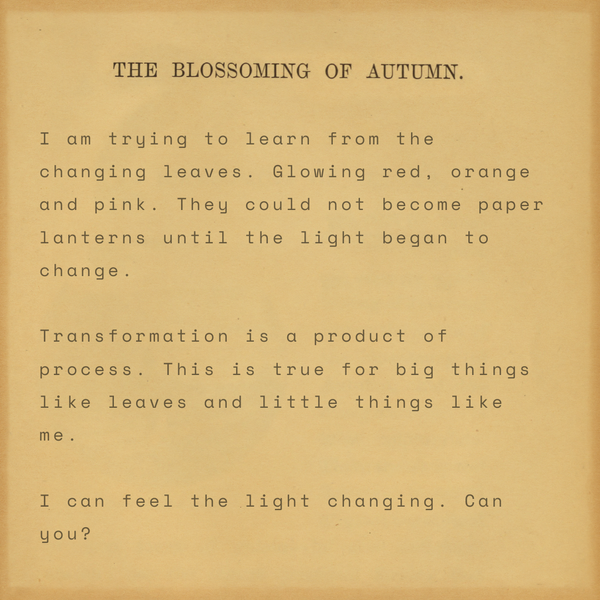The U.S. School Shooter Era
Here's what the history textbooks will say about it.

100 years from now, there will be a section in U.S. textbooks about The School Shooter Era. The horror, the dead children, the bullet proof backpacks and active shooter drills will be explained in a couple paragraphs. It will be easy enough for a fifth grader to understand.
During a multi-decade campaign of far-right radicalization, Republican politicians adopted positions of gun extremism to maintain and expand their power.
After allowing the assault rifle ban to lapse in 2004, they began nurturing a first-person shooter culture previously unknown in America. Many even sent Christmas cards featuring their elementary age children holding rifles made for combat.
Republican rhetoric created a right to kill. In Republican speeches and legislation, the right to kill became the primary right associated with the right to freedom. Republican gun extremism had three primary purposes.
The first purpose was to create fear and then leverage that fear to maintain power. As shootings became more common, and victims became younger and younger, overwhelmed parents turned to guns and Republican-backed police power as the solution for gun violence.
The second purpose was to induce a sharp contraction of the domestic sphere and a hardening of the border around it. A society with a highly restrictive domestic sphere is a society with more men in power, in every level of society.
In America, white supremacy ensured that those men were white. Restricting access to opportunity for girls and other marginalized groups was one way to harden that border. Turning schools into sites of future massacres was one way to diminish and restrict access.
The third purpose was the destabilization of the State. Mass shooters acted as Republican legislation-sponsored terrorists in an insurgency. A mass shooter did not have to be ideologically aligned with the Republican Party to be in service to them. Their terrorist attacks created the chaos Republicans required to make their push for authoritarianism seem well-ordered.
Acts of violence with assault rifles and high-capacity magazines became an increasingly common way for extremists to demonstrate their right to kill.
While the Republicans were ultimately unsuccessful, the generational impacts of their gun extremism are still felt today.
In the fifty years since the last school shooting, historians, sociologists and education specialists produced a large body of work exploring the measurable impact of the Republican Gun Extremism strategy. As fewer adults were willing to teach in dangerous environments, eduction shortages became common. Children living in dangerous domestic situations were less likely to feel safe enough to seek help at school. Studies estimate unreported child abuse went up 63% during the School Shooter Era.
There were other impacts on community safety, increased education inequalities and hyper-polarization as ideological private schools briefly thrived. But it is perhaps easiest to understand the immediate and long-term impact of the School Shooter Era by visiting the graves of the children killed at school. They are buried in hundreds of cemeteries around the country.
And then there will be a fast fact sheet for the elementary students.

100 years from now, a kid will read about U.S. School Shooter Era at school. She’ll come home wide-eyed and tell her mom she learned today about the era of school shootings. Her mom will worry that her daughter is too young to be learning about such an upsetting time in American history. “Let’s talk about it later. Go wash your hands. It’s almost dinner-time.” As she watches her daughter walk up the stairs, she’ll shake her head,
Imagine sending your child off to school every day, unsure if she’d be come home alive. How did people live like that? And why didn’t they end the terror sooner?
It’s a good question. Do the Democrats and moderates in power have an answer for her? What about the voters? What about you?
Please visit Moms Demand Action to learn how to end the terror sooner.




